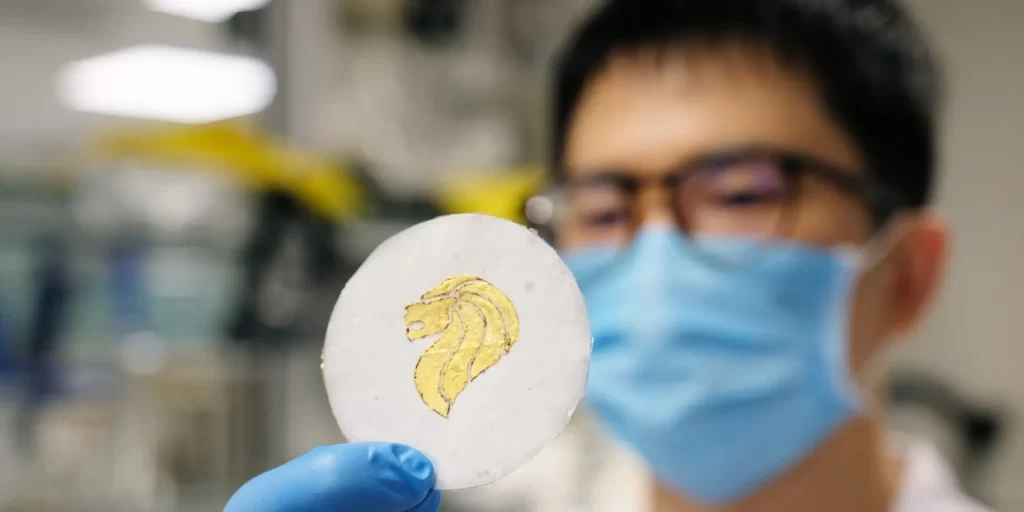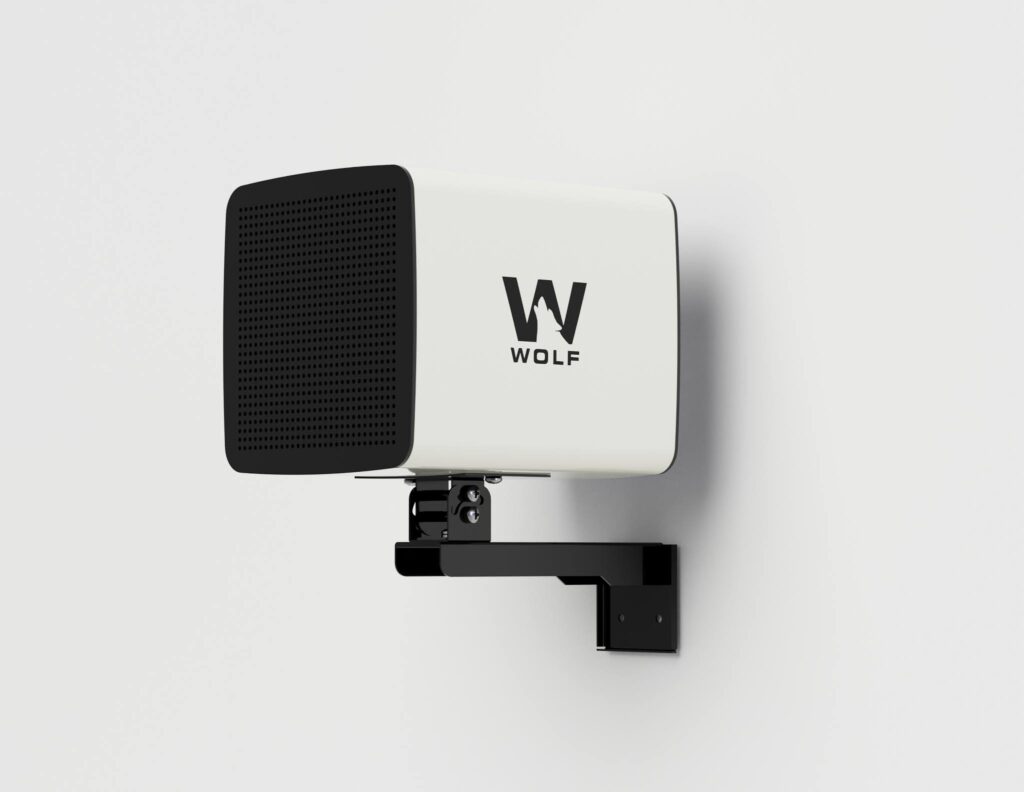Innovations on battery are warming up in this decade than ever, and a recent research promulgates that, scientists from Singapore had developed a ‘sandwich-style’ battery that’s as thin as paper and impose no difficulties on degrading.
A new research by scientists at Nanyang Technological University, Singapore elaborates the idea of paper-thin biodegradable zinc batteries, that’s when expended, breaks down in soil within weeks.
The degradable zinc batteries are composed of electrodes (through which the electrical current leaves or enters the battery) screen-printed onto both the sides of a piece of cellulose paper that has been reinforced with hydrogel.
Working of a battery
Batteries power devices through an electrochemical reaction, which produces electrical energy. The internal workings of a battery are usually housed within a metal or plastic case. Inside this case are the cathode and anode – these are electrodes where the electrochemical reactions occur.
A separator added between the cathode and anode creates a barrier and prevents the electrodes from touching while allowing electrical charge to flow freely between them, avoiding short circuits.
Also inside the battery is a medium known as the electrolyte, which allows the electric charge to flow between the cathode and anode. ]

Paper-Thin Battery
To develop a thinner, lighter prototype battery with no packaging required, the NTU scientists adopted a ‘sandwich design’ for their batteries – the electrodes are like the bread slices, and the cellulose paper that the electrodes are printed on is like the sandwich filling.
The fabrication process starts with reinforcing cellulose paper with hydrogel to fill up the fibre gaps found naturally in cellulose. This forms a dense separator that effectively prevents the mixing of the electrodes, which are formulated as ‘electrode inks’ and screen-printed onto both sides of the hydrogel-reinforced cellulose paper.
The anode ink is mainly made up of zinc and carbon black (a conductive type of carbon). As for the cathode ink, the scientists developed one type with manganese and another with nickel as a proof-of-concept, though the research team said that other metals could possibly be used.
After the electrodes are printed, the battery is immersed in an electrolyte. A layer of gold thin foil is then coated on the electrodes to increase the conductivity of the battery. The final product is about 0.4mm thick – about the thickness of two strands of human hair.”
What the Paper-thin Battery can Power?
An experiment demonstrated by NTU team entails that a 4cm*4cm square of printed paper battery could power a small electric fan for minimum 45 minutes.
The result’s proof gets in the scientific journal Advanced Science.
As well, another analysis of using the same size of battery to power an LED, it was proven that LED remained lit, despite cutting away parts of the paper-battery, which infers, cutting the paper at no time affects the functionality of the battery.
The Battery’s Degradability
While detailing about the battery’s degradability, the NTU scientists scrutinized by burying the battery in the soil of a rooftop garden on the NTU campus. The hydrogel-reinforced cellulose paper started fracturing after two weeks, and completely gone within a month.
Related Posts
“When decomposition happens, the electrode materials are released into the environment. The nickel or manganese used in the cathodes will remain in their oxide or hydroxide forms, which are close to the form of natural minerals. The zinc found in the anode will be naturally oxidised to form a non-toxic hydroxide. This points to the battery’s potential as a more sustainable alternative to current batteries,” Professor Fan Hongjin, the study’s co-lead author said.
Going forward, the NTU team hopes to demonstrate the complete integration of the printed paper battery to other printed electronics, electronic skins, as well as energy storage systems deployed in the environment.
What you think of this innovative-shot?






